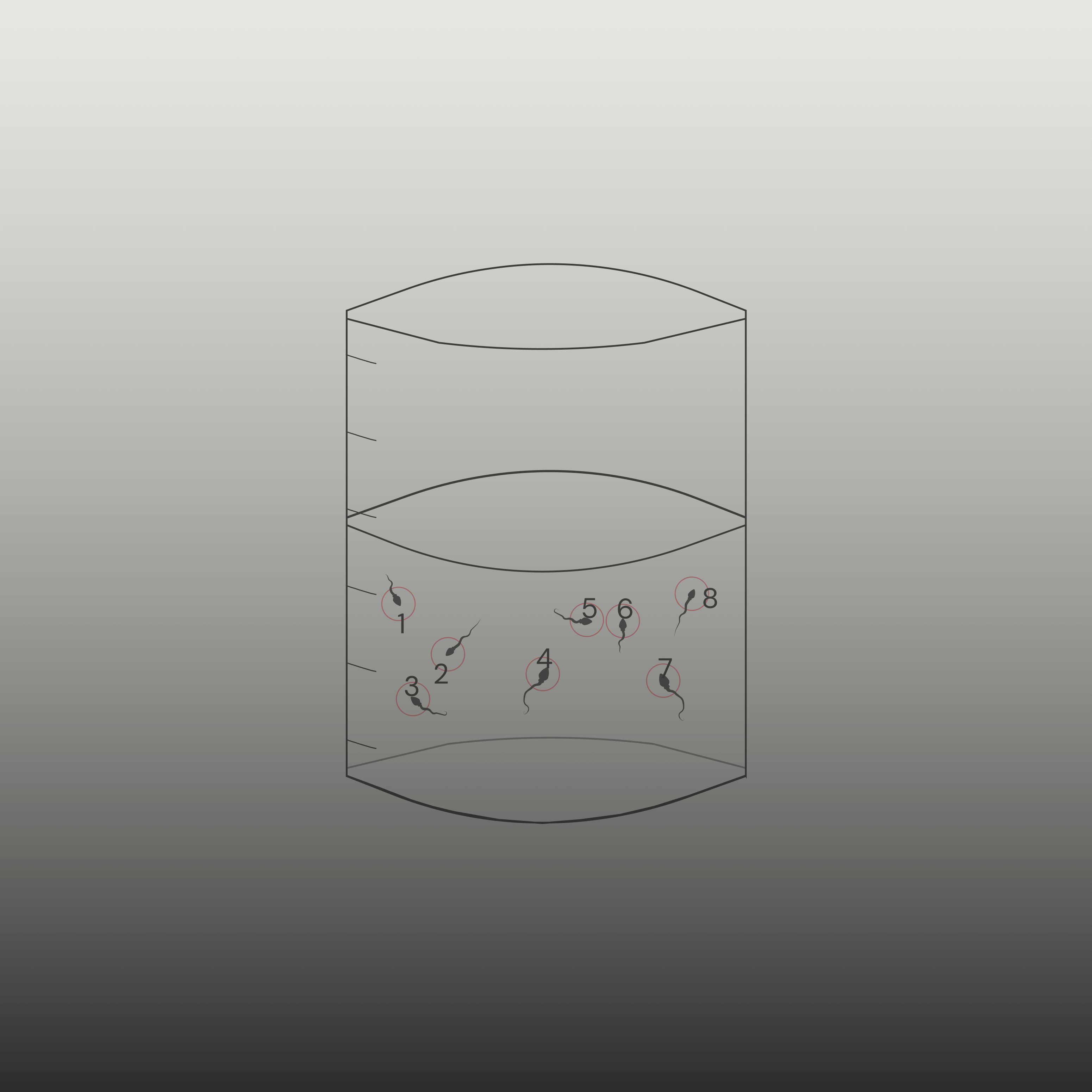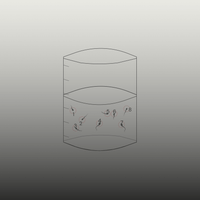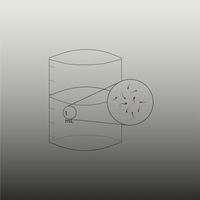The Negative Impact of STIs on Male Fertility
STIs pose a significant risk to male fertility, potentially leading...
Yes, Sapyen is the only at-home male fertility diagnostic test approved in multiple markets with successful FDA, TGA, and CE registrations. Moreover, the laboratories we partner with are certified or accredited as per regional standards: CLIA in the US, HFEA in the UK, and NATA in Australia.
We work with a number of the world's largest and most renowned IVF clinics, fertility and vasectomy specialists, and healthcare practitioners across the US, UK and Europe, and Australia.
Many clinics have exclusive distribution arrangements with Sapyen spanning multiple years. If you are interested in collaborating, reach out to discuss a partnership or request a sample test kit.
We've formulated a regulation-approved stabilisation solution that extends sperm viability from 1 hour to up to 3 days, making it possible for men to ship samples to partner labs using existing postal infrastructure.
Unlike other products in the market, our proprietary medium is FDA, TGA, and CE mark approved.
No, Sapyen is not a smartphone-based test. We believe in rigorous, evidence-based diagnostics that go beyond the capabilities of smartphone assessment techniques. Instead, Sapyen employs a more traditional, yet advanced, approach: samples are sent to our accredited partner laboratories for comprehensive analysis.
We opt for this more rigorous laboratory-based analysis over in-home smartphone assessments because of the limitations inherent in camera-based devices. These can only offer a rudimentary glimpse into sperm motility and count but fall short in delivering the depth of analysis that a full panel of 9+ sperm parameters can provide. Such an in-depth analysis is particularly relevant when considering fertility as a complex interplay of factors that require a multidimensional assessment for effective diagnosis and subsequent treatment planning.
Sapyen is unparalleled in the male fertility diagnostic arena, especially in Australia, the UK, and Europe. In the US, we offer a test that is 135.4% more efficacious than competitors. Our unique transportation medium extends sample viability to 72 hours, unlike competitors who use unvalidated cryopreservants to transport sperm.
We're also competitively priced at $149, well below competitors who charge between $200 to $400 for poorly-performing diagnostics. Additionally, we're the only brand with global multi-market regulatory approvals—FDA, TGA, CE—and we're exclusively endorsed by the largest IVF clinics across multiple markets worldwide.


Count quantifies the total number of sperm cells present in a given semen sample. A higher sperm count generally indicates better fertility potential. This number signifies the overall reproductive health and the ability to successfully fertilise an egg.


Concentration reflects the number of sperm cells per mL of semen. This density measurement determines the richness of sperm in the sample. Adequate concentration is vital to ensure a significant number of sperm reach the egg during fertilisation.


Motility evaluates the sperm's swimming capabilities. Progressive Motility specifically pinpoints those sperm that swim purposefully forward, either in a straight line or large circles. This forward movement is vital for sperm to journey through the female reproductive system, reach, and ultimately penetrate the egg.


While motility is vital, not all sperm swim effectively. While these sperm exhibit movement, it's often aimless or in tight, small circles, rendering them ineffective in the journey to the egg. Understanding this parameter is key as it provides a holistic view of sperm's overall mobility and potential challenges in reaching the egg.


Immotile sperm are those that show no movement whatsoever. Immotile sperm are stationary and lack the necessary movement to navigate towards the egg and cause fertilisation. A lower immotile percentage is preferred for better fertility outcomes.


Motile Count combines the Count and Progressive Motility parameters. It represents the total number of effectively swimming sperm in the entire sample. A higher total motile count boosts the probability of successful egg fertilisation and conception.


Morphology assesses the shape and structure of the sperm. Properly formed sperm—with a head, midsection, and tail—are more likely to fertilise an egg. Abnormalities in morphology can hinder the sperm's function and, therefore, its ability to navigate to the egg.


The pH level measures the acidity or alkalinity of the semen, reflecting the overall health of the seminal fluid. An optimal pH environment ensures sperm vitality and shields them from potential damage. Deviations from the ideal pH range can detrimentally impact sperm function, affecting overall fertility prospects.


Volume quantifies the total amount of semen produced during ejaculation. An adequate volume ensures that a sufficient number of sperm are delivered to the egg, increasing the chances of fertilisation. Volume can also indicate the health and functionality of the accessory glands.



STIs pose a significant risk to male fertility, potentially leading...

Explore the critical role of targeted nutrients and exercise regim...

In the complex landscape of fertility, men's age plays an underexpl...
Your Cart is Empty